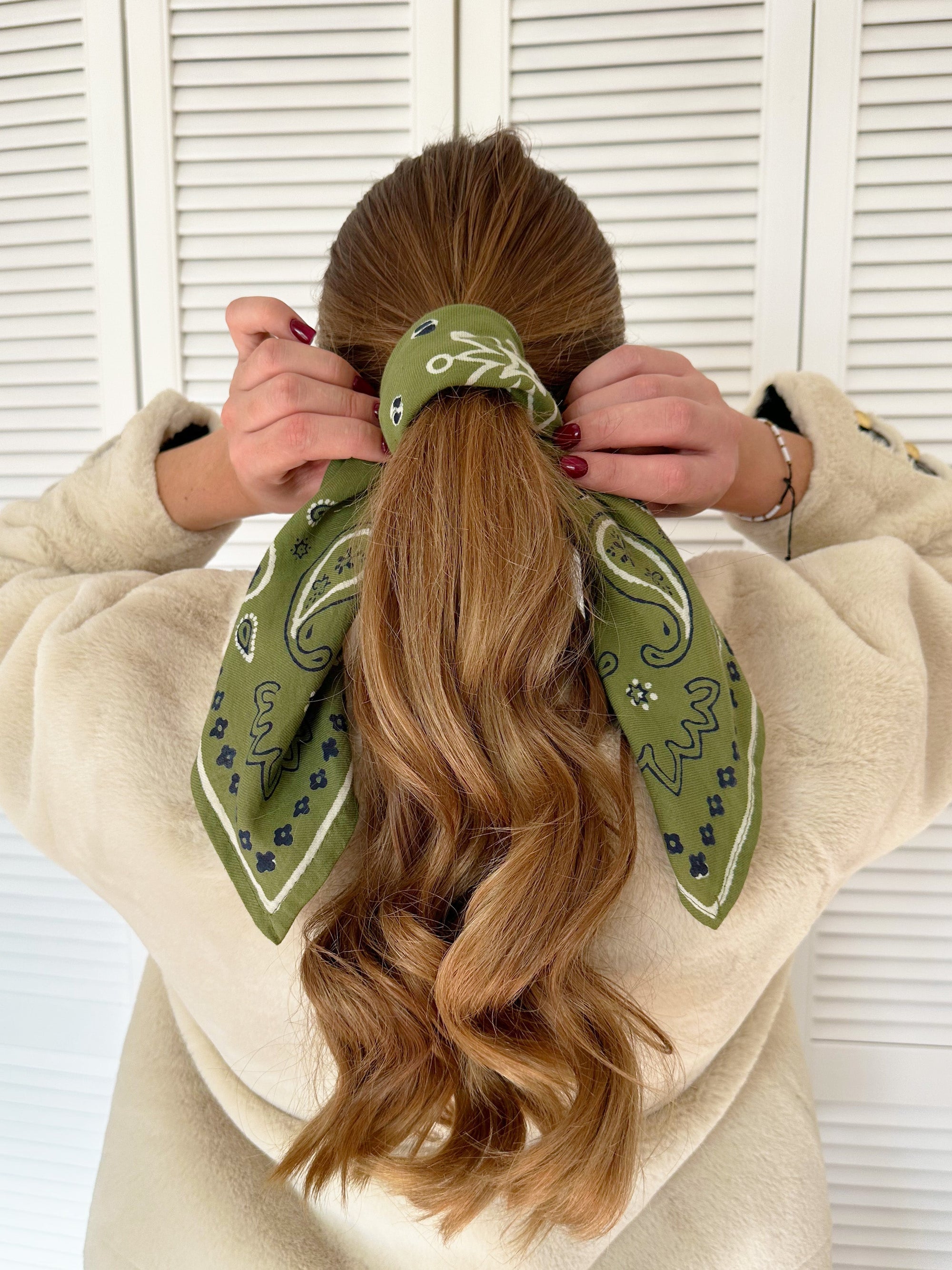Co-sleeping remains a controversial subject between those who are totally for it, and those who are completely against it.
For our part, we are more for it, provided it is practiced correctly!
One thing is certain, it is that sleep is precious!
We will therefore see what co-sleeping is, what are the rules for practicing it, what are the advantages and disadvantages. Noémy, from @le.souriredenoemy, also gives you her moving testimony linked to her experience
What is co-sleeping?
Co means “with”. Dodo comes from the French translation of “sleeping” which means to sleep.
So understand Sleeping with your baby.
But be careful, co-sleeping does not necessarily mean sleeping in the same bed.
The objective of this practice is to be close to your baby to be able to monitor him, listen to him breathe, feel him... and be reassured.
How to practice it?
The WHO (World Health Organization) recommends co-sleeping during the baby's first 6 months, to facilitate breastfeeding.
With a co-sleeping bed:
Co-sleeping beds are the safest for this practice. It is forbidden to place bed bumpers, stuffed animals or any other fabrics that could hide the baby's face. Try to have a temperature between 18 and 20° in the room and wrap your baby in a swaddle or sleeping bag to prevent him from feeling cold. Please note that cotton muslin sleeping bags are ideal for keeping baby warm, while being light and breathable. Choose your sleeping bag according to the season. In winter, we prefer a slightly more fleecy sleeping bag to retain heat. In summer we turn to soft and light sleeping bags in cotton gauze. Sleeping bags allow baby to sleep comfortably and warm, without covering their face.

If you do not want to invest in a special co-sleeping bed, you can definitely get a convertible bed with barrier. This will allow you to stick it to yours and lower the barrier which is on the side of your bed. On the other hand, you will absolutely need to have security to attach the convertible bed to the parental bed and thus prevent a hole from forming between the two mattresses.

In the parental bed:
This is not the technique we recommend, as there are many risks for your baby. But if for one reason or another you have to take your baby into your bed, you must follow these instructions:
- We remove all duvets, pillows and eiderdowns so as not to disturb baby's breathing.
- Do not put your baby in the middle of the bed between the two parents. Although mom has a maternal instinct, dad does not. There is little chance that you will crush your baby thanks to your hormones. These will prevent you from doing so. But for dad it's different... And that can be very dangerous for Baby.
- We also avoid putting baby against a wall, so that he does not fall between the mattress and the wall. If you really want protection, choose a ventilated child barrier.
- So position your baby on his back, between you and the edge of the bed while leaving a space between the edge and the baby. We advise you to put a mattress on the floor or a few cushions if he ever falls, but this is unlikely if he is well wrapped in his sleeping bag.
You can also prop your baby up in bed using your pregnancy bassinet.
Contraindications:
An accident quickly occurred. Never practice co-sleeping in your parental bed if:
- You take sleeping pills
- One of the parents took any drugs or alcohol
- At least one of the two parents is obese (aggravating factor in infant mortality in the event of crushing)
- You are extremely tired
This last point may seem trivial to you, but Noémy almost suffered from it some time ago.
Noémy, mother of 4 pretty little girls, has been co-sleeping since her first birth, almost 8 years ago.
While she was sleeping with her little Ambre under her arm, during her sleep, her arm released and landed on the face of her 2-month-old daughter. It is what we can call his subconscious which alerted him. When she woke up, she saw her daughter under her arm, gasping for air, her face red. Fortunately, she quickly started smiling at her mother again, as if to say “everything is fine, mom”.
She explains that this incident happened at a time when she was very tired, and that is probably what would have caused this scare, despite the fact that she was experienced and vigilant.
Ambre had her co-sleeping bed nearby, but like most parents, we can't resist taking our baby with us in bed...
“I took a real beating […] since what happened, Ambre has been sleeping in her bed”
His message: “Be careful. When you sleep with your child, if you can, put him in the crib. Even if it's difficult, even if we like to breathe in their scent, even if we like to cuddle... think about safety. Anything can happen and it doesn’t just happen to others”
Find his moving testimony on IGTV on his Instagram page @le.souriredenoemy
The advantages of co-sleeping
Co-sleeping, when practiced correctly, has many advantages for both parents and baby. It would notably reduce the risk of sudden infant death. Your baby also feels reassured. After all, he has just spent 9 months in his mother's tummy, it's not so easy to find yourself alone from one day to the next!
Co-sleeping considerably facilitates breastfeeding and improves sleep. You may be wondering how these two practices can be combined?
Every 3 hours, your baby will ask for his meal. It is set like this for the first few months. He won't necessarily wake up completely. He will just reach for the breast, and hopefully go back to sleep quickly. It's also an advantage for Mom: she won't need to get up. Staying in bed won't completely break your sleep pattern.
Certainly it is interrupted sleep, but quality sleep which is due to the hormones secreted during feeding and which helps the mother to fall asleep.
This is surely why we often hear mothers who practice co-sleeping being less tired than mothers who do not practice it.
Finally, we would like to remember that every baby is different, with different needs. What your friend does with her baby may not work with your baby. What you practiced with your first child may not be effective with your youngest.
Listen to yourself, respect the rules of co-sleeping and… we wish you a beautiful and peaceful night!





